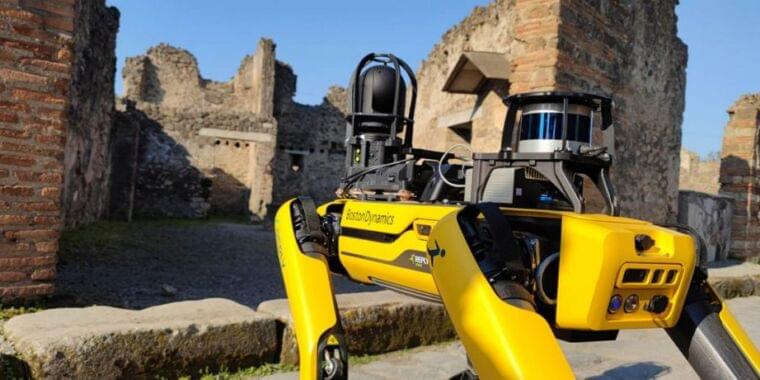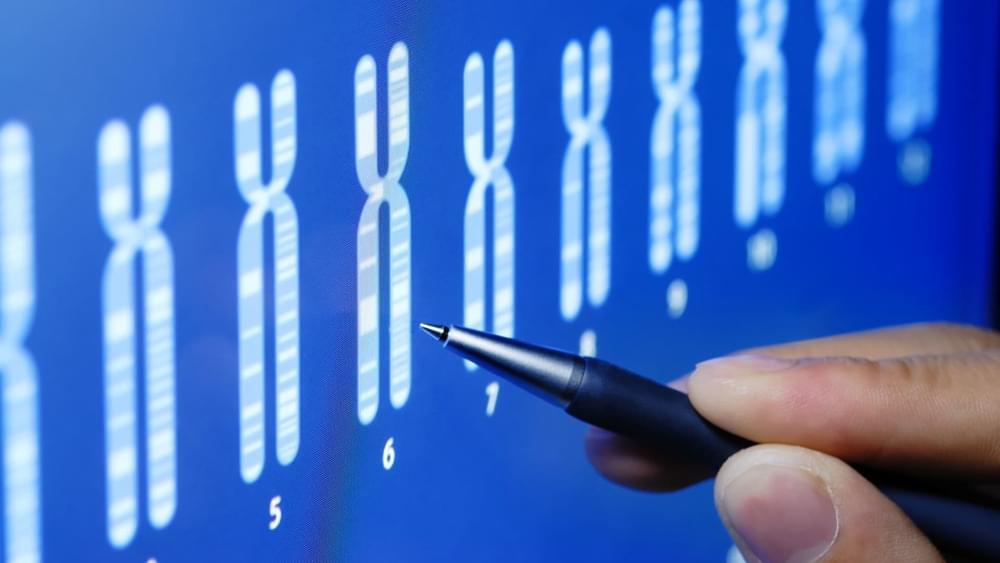Apr 1, 2022
Boom! James Webb Space Telescope smashes its sixth crucial milestone in space
Posted by Atanas Atanasov in category: space
Six out of seven, done.
The James Webb Space Telescope has almost completed its preparations in space before collecting its first scientific observations this summer, NASA reveals.

















